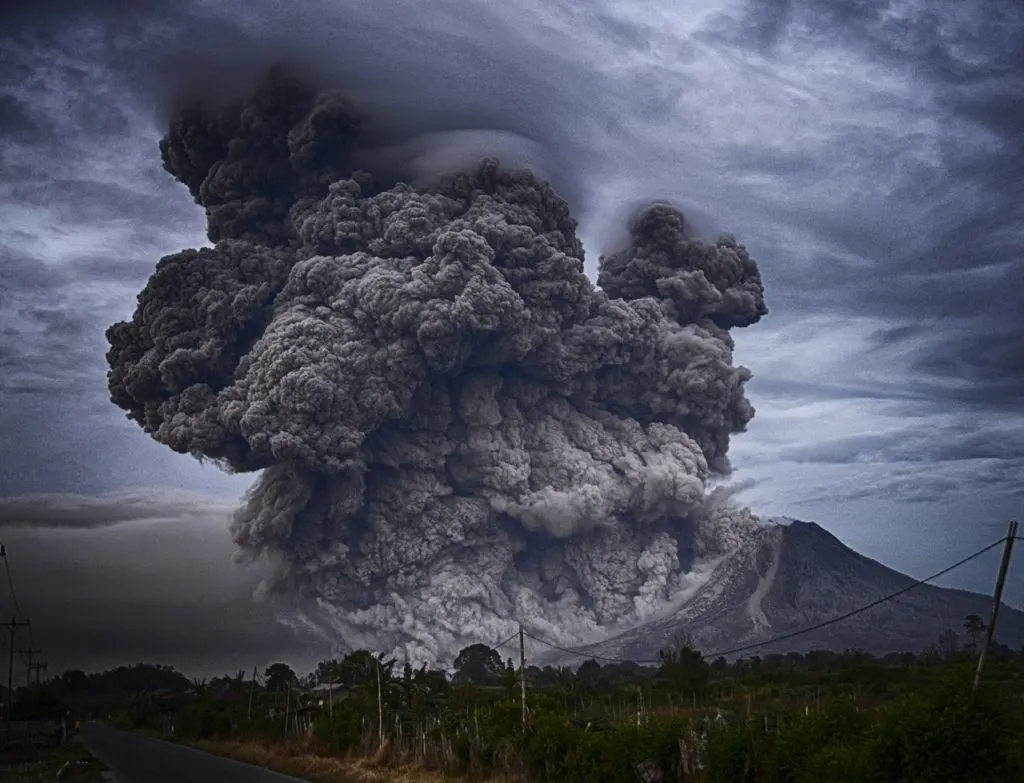
Rugged drones to study volcanoes for NASA
Drones are amazing. There are no two ways about it. We have already told you how drones are being used to deliver packages, detect weed in agricultural fields, updating map data faster, keeping an eye on your home from inside out, mapping light pollution, fighting against wildlife crime in Africa… The list goes on because people keep finding new and new uses for the UAV industry. Now, NASA plans to augment its airborne science fleet with drones that would explore volcanoes and take accurate ashfall measurements.
Why ashfall measurement?
We all remember the ash plume from the Icelandic volcano Eyjafjallajoekull that shut down airspace in Europe in 2010, and lead to $1.7 billion in losses. The reason why ash clouds pose an air safety risk is because the ash from a volcano is nothing like what a campfire would leave behind. It is made up of solid debris with jagged edges that can severely affect aircraft engines and clog fuel nozzles.
Why drones?
Though NASA currently takes in situ measurements of volcanic sites through the ground sensors and drop sondes, they come with their own set of limitations. For example, seismometers, tiltmeters, in-ground gas monitors and near-field remote sensing instruments have limited measurement density and can only give information about atmospheric boundary conditions. Drop sondes are restricted to sampling over a small time period. Even satellite-based data is constrained by the frequency of data collection.
Therefore, a durable, terrain-following drone which is specifically engineered for harsh environments is exactly what NASA needs to measure ashfall shortly after the eruption. NASA will be using a drone and a flight management system developed by US-based Black Swift Technologies for this project, for which it is paying the company $124,849.
The SuperSwift XT drone developed by Black Swift would collect data on coherent atmospheric structures such as smog, volcano plumes, wildfire smoke, chemical fires, forest humidity, etc. This drone can also be used by the private industry to study the composition and relative danger of chemical fires at refineries or to assess the safety of firemen at the site of wildfires.









